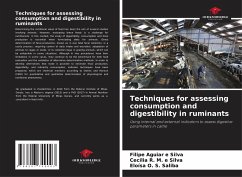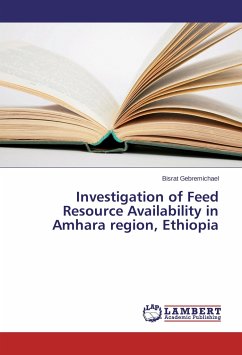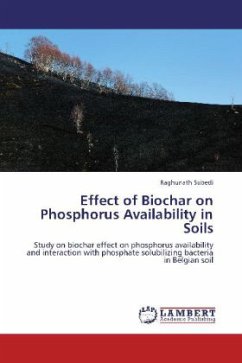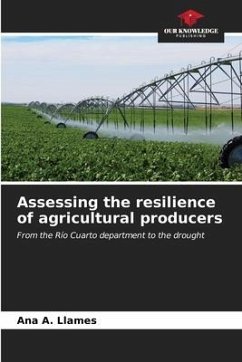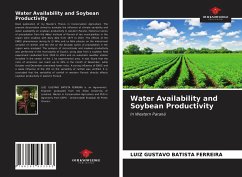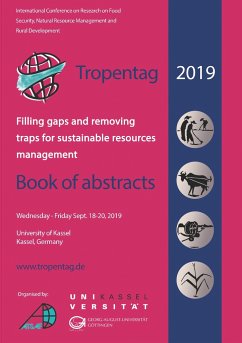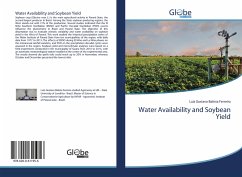
Methods for Assessing Potassium Availability in Tropical Soils
Methodologies for modern laboratories in southern Brazil
Versandkostenfrei!
Versandfertig in 6-10 Tagen
36,99 €
inkl. MwSt.

PAYBACK Punkte
18 °P sammeln!
The main laboratories in Brazil use the Mehlich 1 extractor to determine exchangeable potassium in soil. However, this solution has proven to be inefficient in soils with high CTC and high potassium buffering capacity, which can be attributed to the chemical characteristics of the Mehlich 1 extractor that may be limiting its efficiency in certain soil types. This may represent a misguided strategy adopted by most Brazilian researchers, since this solution has become unsustainable in most parts of the world and seems to be following the same path in Brazil. An alternative is the use of multi-el...
The main laboratories in Brazil use the Mehlich 1 extractor to determine exchangeable potassium in soil. However, this solution has proven to be inefficient in soils with high CTC and high potassium buffering capacity, which can be attributed to the chemical characteristics of the Mehlich 1 extractor that may be limiting its efficiency in certain soil types. This may represent a misguided strategy adopted by most Brazilian researchers, since this solution has become unsustainable in most parts of the world and seems to be following the same path in Brazil. An alternative is the use of multi-element extractant solutions such as 1 mol L¹ ammonium chloride, especially with the modernisation of Brazilian soil analysis laboratories, which have equipment such as ICP-EOS that allows the simultaneous determination of Ca, Mg, K, Na, Al and Mn in a single extraction.





